Sometimes the most effective blade length for a job is under three inches.
This Tarpon from Lon Humphrey Custom Knives, packs a lot of utility use in a small package.
by Leon Pantenburg
Disclaimer: I did not get a free knife for writing this review. Neither Lon Humphrey, nor anyone else had any input. All I ever promise is a fair shake.
A couple of years ago, I marked the small blade on my Swiss Army Knife Tinker, to see just how long a of blade I really needed for day-to-day use.
The tasks included whittling wiener sticks, opening mail, cutting the plastic bands on bundles of newspapers, opening packages, cutting the tape on boxes etc. I found out I was using less than an inch of the blade. In most instances, a standard box cutter with a replaceable single-edge razor blade would do everything I needed.
I also reground several Forschner knives, to experiment with blade length. My hunting buddies used all of them on a marathon elk processing day. To my surprise, the two and three-inch knives got a lot of use. The two-inch blade was a favorite for disjointing and boning out the meat.
So I was really interested in the latest offering from Lon Humphrey. The Tarpon couples a short blade with a generous handle to create a knife that is easy to carry and very useful. It is going to be very, very popular.
Here are the Tarpon Specifications (Courtesy of Knivesshipfree.com)
| Overall Length: | 6.8″ |
| Blade Length: | 2.55″ |
| Blade Steel: | CPM-3V |
| Blade Thickness: | .105″ |
| Weight: | 3.0oz. |
Features
| Made in Ohio, USA |
| Leather belt sheath included |
Here’s the good stuff:
Steel: The blade is CPM 3v, which is one of my favorites. I find the steel combines high edge-holding ability with stain-resistance. It is also easy to maintain the edge and re-sharpen.
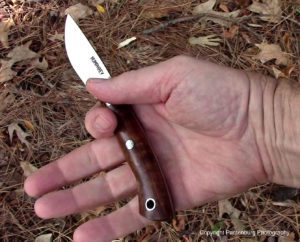
The handle is long enough to use comfortably.
Blade thickness: At .105 inches, this blade is about right for a knife this size. A thick blade would make this knife handle like a sharpened pry bar, and eliminate most of its usefulness. A thicker blade would ruin this design.
Handle: The handle’s length of 4.2 inches fits my (glove size) large hands very well. It allows me to get a secure hammer for whittling or carving. For skinning, I like to put my index finger on the spine, and grip with the remaining three fingers. The Tarpon locks solidly into this grip and makes handling easy.
Grind: The blade is flat ground with a micro bevel. My personal grind favorite is convex (Here’s why), but flat ground works well. Besides, if the blade is stropped regularly it will eventually becomes a convex grind.
Spine: The spine is ground at a 90-degree angle, like an ice skate. This means it will work for shredding tinder, scraping a ferro rod or stripping bark off sticks. The spine is important – use it to spare the sharp edge opposite it.
Point: The drop point is a good choice for an EDC knife. It has a rounded belly on the blade, which will make it a good skinner for big game animals. It will be particularly useful for caping and skinning around the shoulders and neck of a whitetail. This is also going to be an excellent small game knife for rabbits and squirrels.
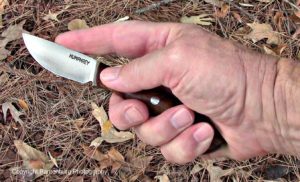
The Tarpon design works really well with a skinning grip.
Sheath: The knife comes with a beautiful leather sheath. As is my wont, I added a D ring to the back to make it a dangler. Thus set up with a belt clip, the knife is virtually unnoticeable for every day carry. The Tarpon will easily fit into a purse or backpack, and it is nondescript enough to avoid much notice.
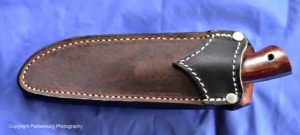
The sturdy leather sheath is also attractive.
A small belt knife is one of the most useful every day carry knives imaginable. I would not want this to be my only knife, but on the other hand, the Tarpon will easily handle about 90 percent of all the knife tasks you might come across on a daily basis.
The knife is also pretty. This brings up another issue. Good luck hanging onto the Tarpon when your spouse, significant other or kid sees it.
I already anticipate my daughter, Mary, wanting the Tarpon when she shows up for Thanksgiving. An avid backpacker, hiker, rock climber and kayaker, Mary usually goes through my outdoor gear (with my encouragement and input) and picks out what she thinks she’s going to need. Mary will probably decide she needs the Tarpon.
UPDATE: Skinning and field dressing a squirrel would be my first use of the Tarpon in the field. I was really scouting for deer, and had taken along a shotgun in case I ran across any small game. I was lucky enough to bag a squirrel as it was getting toward dusk. I paused to show respect, as I always do, and headed for a nearby creek I knew of, which had a convenient fallen log. The Tarpon worked like a charm as a small game knife. This knife is a keeper, and it will be used a lot.
Please click here to check out and subscribe to the SurvivalCommonSense.com YouTube channel, and here to subscribe to our email update – thanks!

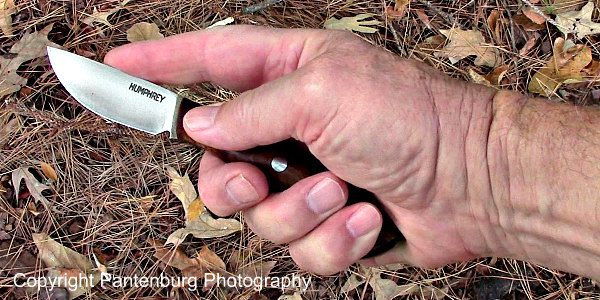
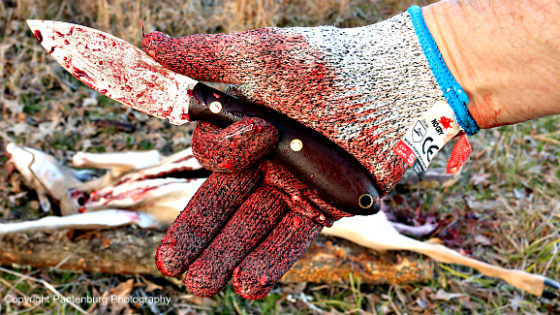

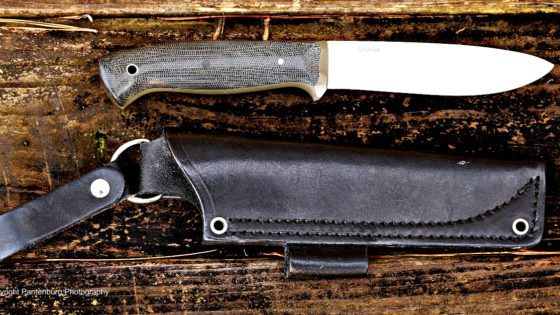
Leave a Reply